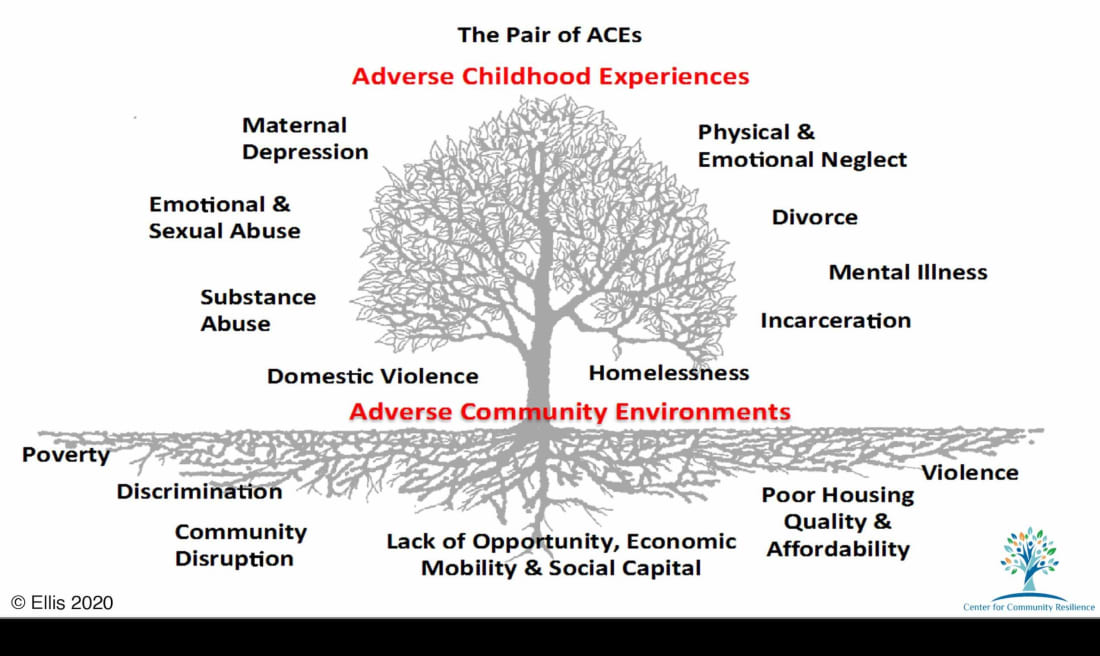
Binghamton University Research Uncovers the Effects of Disadvantaged Neighborhoods on Children’s Brain Development and Depression Susceptibility
A recent investigation spearheaded by scholars at Binghamton University illuminates an essential connection between childhood residential environments and enduring mental health results. The study, published in Research on Child and Adolescent Psychopathology, discovered that children raised in socioeconomically challenged neighborhoods—particularly those with a family history of depression—exhibit noticeably diminished brain responses to both positive and negative stimuli. This neurological inhibition may heighten their risk of depression later in life.
These findings mark a notable progression in comprehending how broader environmental variables, beyond familial tension or personal trauma, can influence children’s mental growth and emotional strength.
Neighborhood’s Effect on Brain Function
While it is well recognized that genetics and individual life experiences play a role in mental health outcomes, this study ventures into a relatively less examined domain: the impact of community-level stressors such as poverty, crime, and restricted resource access on children’s neurodevelopment.
Directed by Professor Brandon Gibb, along with graduate student Elana Israel and past graduate students Cope Feurer and Aliona Tsypes, the research team zeroed in on a neural mechanism termed “reward processing,” which is crucial for motivation and emotional reaction. Reduced or dampened reward processing is linked to an elevated likelihood of developing depression.
“The uniqueness of this study lies in its focus beyond personal experiences,” stated Israel. “We aimed to explore how the environments surrounding children—like their neighborhoods—can add stress that may alter their brain’s processing of emotional experiences.”
Methodology: Examining Brains and Zip Codes
The research encompassed over 200 children aged between 7 to 11. The initial step was to determine whether each child had a family history—specifically, a parent with major depressive disorder. Following that, using postal codes, the researchers assessed each child’s neighborhood using metrics such as:
– The Area Deprivation Index (ADI)
– Local crime data
– The Child Opportunity Index (COI)
These metrics were employed to categorize neighborhoods based on opportunity, safety, and economic vitality.
Neural activity was recorded using electroencephalogram (EEG) scanners while the children engaged in a straightforward monetary guessing game, which involved small financial gains and losses—the type of scenario that typically prompts emotional and neurobiological reactions.
Key Discoveries
From this meticulously controlled environment, several noteworthy patterns emerged:
– Children from underprivileged neighborhoods displayed significantly diminished brain responses to both rewards and losses.
– This subdued response was particularly evident in children with a familial risk for depression.
– In contrast, children without a family history of depression showed a considerably lesser effect from the same environmental conditions.
– The robust findings relied on well-established indices that assessed neighborhood conditions and utilized EEG to capture immediate neurological responses.
The takeaway: continuous exposure to economically and socially stressful environments may effectively “train” the brain to respond to both favorable and unfavorable outcomes with indifference—especially for those children already vulnerable to mental health issues.
Emotional Numbing: A Risky Yet Adaptive Mechanism
“When one is under chronic stress, it can dull reactions to any event, positive or negative,” remarked lead researcher Gibb. “What we observe is that children might adapt to a state of constant threat or chaos by becoming neurologically disengaged.”
Although this diminished response could function as a coping strategy in erratic or hazardous environments, the suppression of emotional reactions can lead to lasting consequences. A decreased ability to feel joy, motivation, and even disappointment are recognized precursors to depressive disorders.
In typical developmental contexts, a child’s emotional peaks and valleys assist in sharpening their social and cognitive abilities. Suppressing these experiences early on may rob them of crucial growth opportunities.
Fostering Resilience Through Community Investment
One of the key implications of this study is its significance for public policy and community development. It offers persuasive scientific support that enhancing neighborhood conditions is not solely a matter of urban planning—it directly affects children’s mental health outcomes.
“Simply existing in these environments can alter our emotional responses, even if the child hasn’t been an overt victim of crime or trauma,” said Gibb. “This underscores the necessity of investing in safe, resource-abundant neighborhoods.”
By highlighting the neurological and psychological consequences for children in disadvantaged areas, the study champions comprehensive mental health interventions. This encompasses not merely therapy and individual treatment but also larger policy initiatives such as mitigating neighborhood crime, investing in local educational institutions, and ensuring access to safe recreational areas.
Future Directions: What Occurs When Environments Transform?
The Binghamton research group is not halting its efforts here. They are already broadening their study to observe what happens when families transition from high-stress to lower-stress neighborhoods. Initial findings suggest that children’s neural responsiveness may be partly reversible—an exciting avenue of research that points to the brain’s plasticity and potential for recovery.
The team also plans to expand the study by exploring how environmental stressors affect social behaviors, including peer relationships and acceptance.